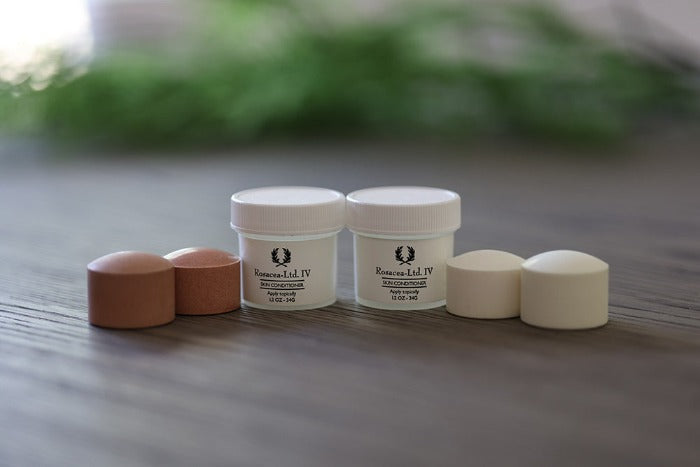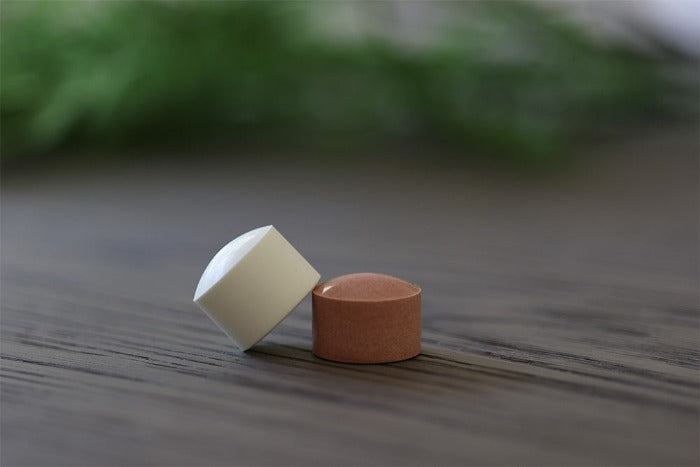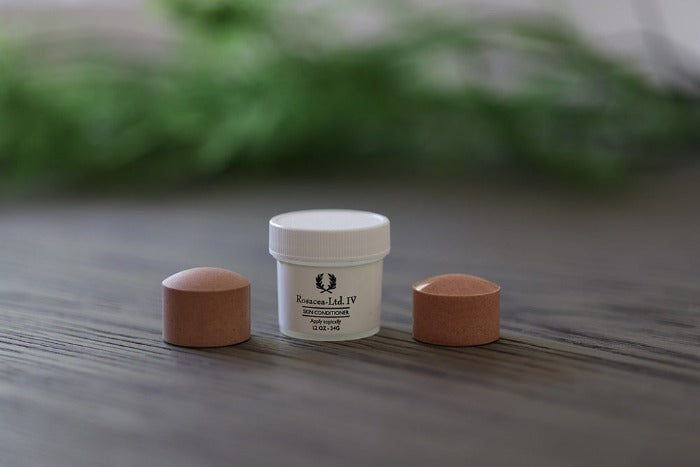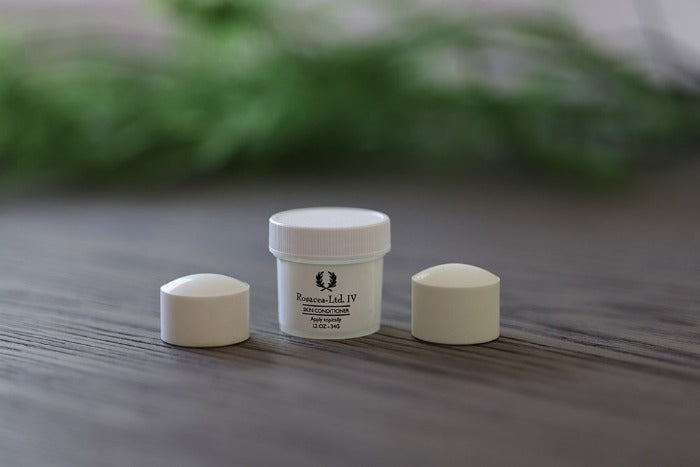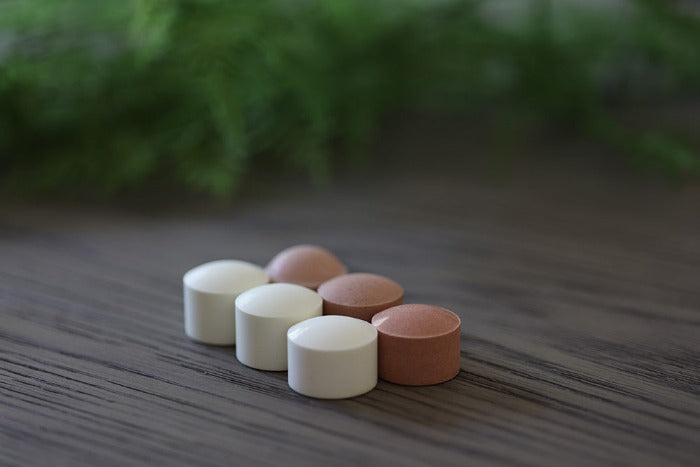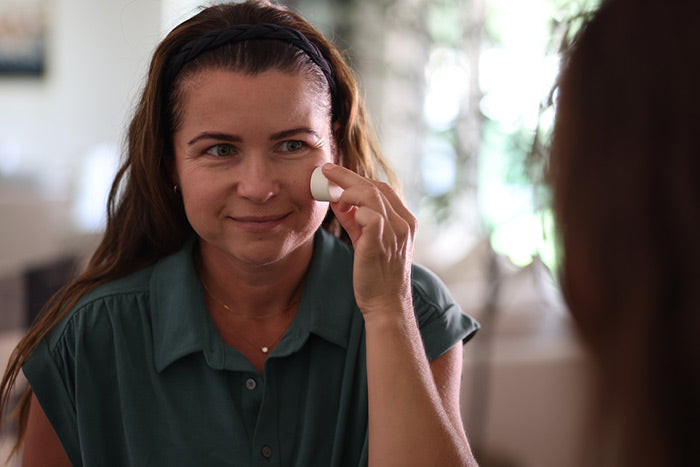Sun & Rosacea
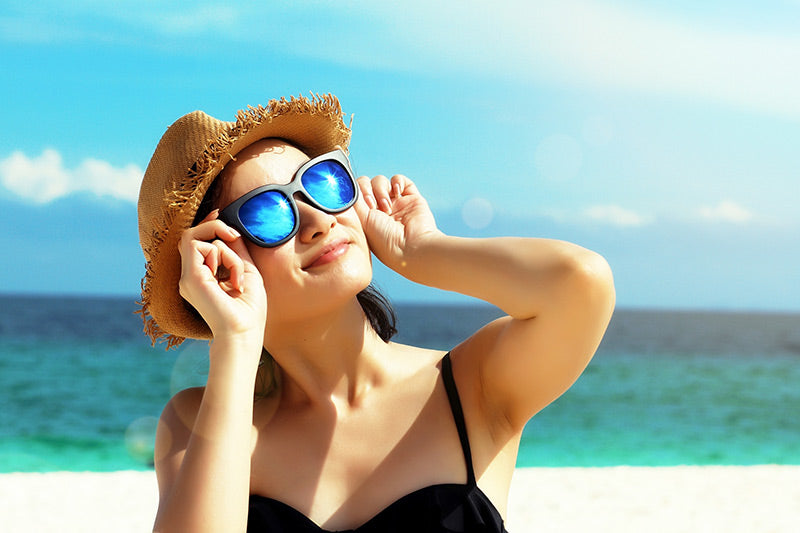
Sun exposure does affect Rosacea
Sun exposure greatly impacts rosacea symptoms. Most of us receive a healthy amount of sunlight in our daily chores to produce enough vitamin D. There are many harmful effects of sun over exposure. Be aware that some drugs will increase sun sensitivity. Particularly, sunlight can be a factor in Ocular Rosacea.
Sun Rays – Ultraviolet Radiation
Vitamin D can come from sunlight with about fifteen minutes twice per week will be sufficient to gain the vitamin D needed for the average person. The rosacea patient will not have damaged skin with this small amount of necessary vitamin D and it is best without sunscreen. Even more beneficial would be three or four minutes of sunlight per day. Vitamin D is very much needed for healthy bones and disease prevention. Do not pick the heat of the day but early mornings or late evenings. The ‘sunshine vitamin’ comes from ultraviolet rays without sunscreen. And it can be very therapeutic and stress releasing to go for a walk, shopping with the majority of the time spent inside the shops. The best way to gain the maximum benefit is to work in your yard with shorts and a very light shirt or blouse allowing sun rays to come through when the sun is at a 45 degree between the hours of 7:30 AM to 10:00 AM or 4:00 to 7:00 PM.
Food sources high in Vitamin D are milk and other dairy products, salmon, tuna and sardines as well as eggs and liver. Yes, the rosacea patient’s skin can improve from sunlight in the proper amount without sunscreen or sunblock. Sun protection is for extended periods. And of course always be well hydrated as the skin with the proper amount of ‘hydrogen’ is healing and can resist more sunlight without damage in case one stays out too long.
Sunscreens
Effective rosacea treatment and skin care involves preventing skin damage. The use of sunscreens is just one of these skin care measures when in the sun for more than 20 to 30 minutes during the heat of the day.
Use of a sunscreen will provide protection against the UVB sun rays but does not protect against the UVA sun rays. Sunscreens are designed to initiate a chemical reaction between the UVB rays and the skin cells. People with rosacea and other skin sensitizing conditions may experience a photosensitive reaction to the active ingredients, butyl methoxydibenzoyl methane or oxybenzone in the sunscreens resulting in skin redness. The rash, redness and itching can last several days giving the appearance of a rosacea flare.
Sunscreens come in two forms – Chemical sunscreens and Physical sunblocks
Chemical sunscreens are comprised of the active ingredient oxybenzone, benzophenone or benzophenone-3. They prevent sunburn by absorbing the ultraviolet (UVB) rays. Chemical sunscreens contain as their active ingredient anywhere from two to five percent of oxybenzone, benzophenone, or benzophenone-3. Research indicates this chemical is listed among the most powerful free radicals known to science. It is used in industrial processes to instigate chemical reactionary processes and encourage cross-linking. Benzophenone is activated by exposure to ultraviolet light as it absorbs energy to breakdown its molecular bond to convert one free radical into two. Most chemical sunscreens cause various degrees of redness and sensitivity to rosacea sufferers. Staying out of the sun is the best answer. Please do not worry about the incidental 10 to 50 minutes in the sun, especially early in the morning and late afternoon, but if you have to be out in the sun during the heat of the day or for long periods, wear a hat, if possible, and a sun block or sunscreen. CityBlock by Clinique (SPF 40) provide the most blockage and the least irritation and sensitivity. CityBlock can be purchased online and in the skin care department in stores worldwide.
Physical sunblock contain ingredients such as zinc oxide, sodium chloride, magnesium stearate, polyethylene glycol, iron oxide, and sulfur. Rosacea-Ltd IV is a physical sunscreen which can be purchased here. The ingredients in Rosacea-Ltd IV function by reflecting the ultraviolet (UVA and UVB) rays away from the skin. These physical natural minerals as a sunscreen are preferable for rosacea patients. Also, you can gain further sun protection by applying the chemical sunscreen over the ‘physical sunscreen’ which helps to keep the skin from being irritated by the chemical sunscreen.
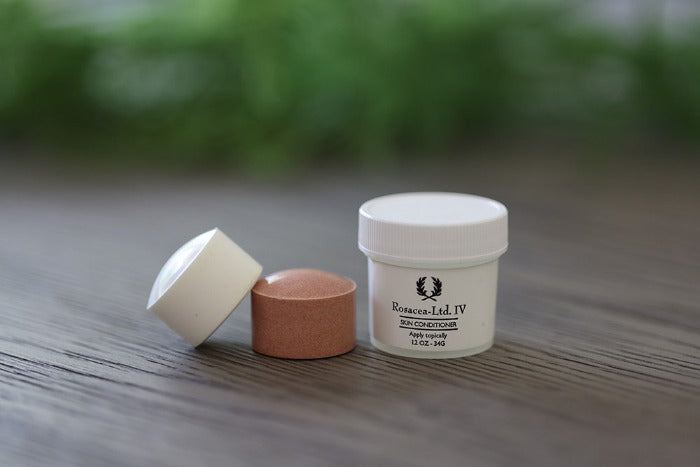
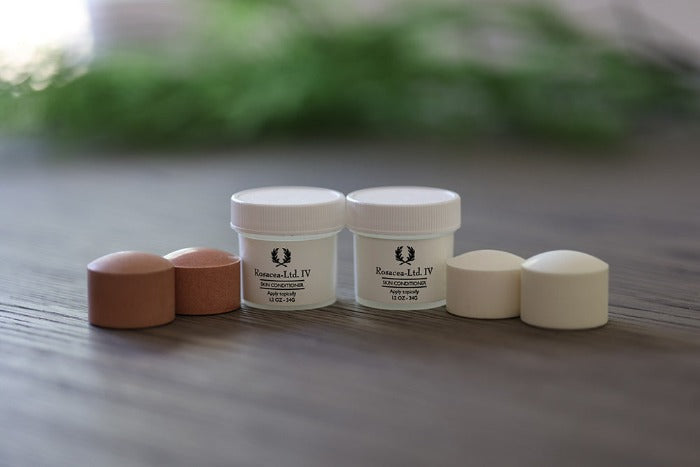
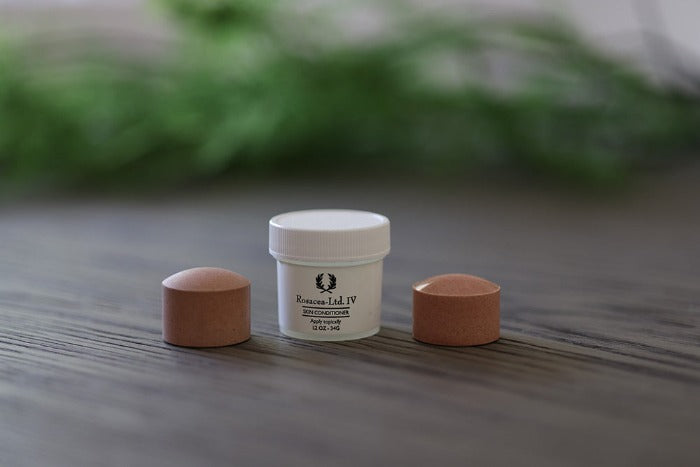
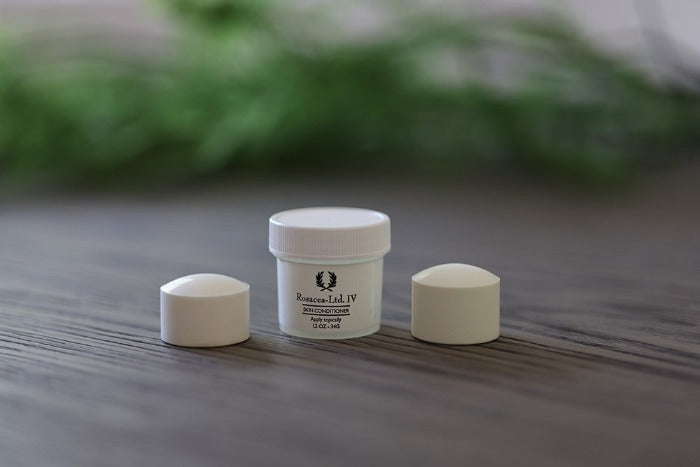
Rosacea-LTD
Rosacea-Ltd IV
Share

